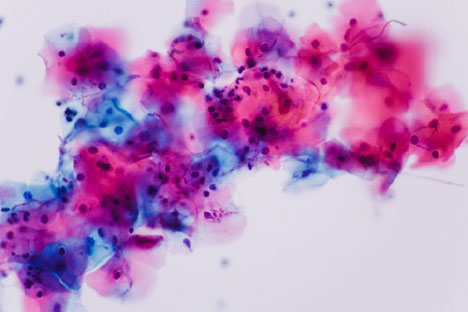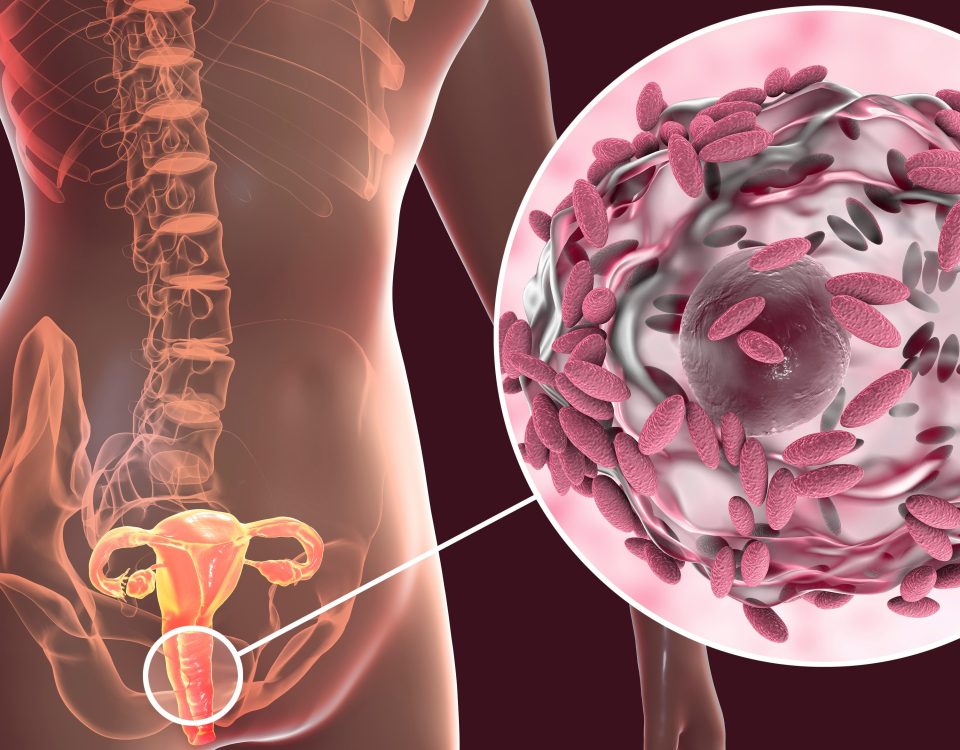Fungal infections and diseases, when compared to viral or bacterial infections, have always been considered less common, and mostly nonlife-threatening (except to immunocompromised patients or those with comorbidities), and have been unfortunately ignored. However, according to the Journal of Bacteriology & Mycology, this notion has changed in recent years for several reasons.
First, the number of immunocompromised individuals has increased globally, largely due to cancer, diabetes, HIV/AIDS, and patients who’ve received organ transplants. Second, major changes in healthcare practices over the past decade and advancements of medical care have prompted the emergence of drug-resistant fungi, especially in the healthcare setting.
Additionally, there have been significant changes to the environment. This has resulted in altered weather and climate patterns, which have in turn physiologically altered fungi. Finally, because of growing land use, travel, and commerce, individuals are being exposed to fungi that they have not previously encountered.
Indeed, expanding numbers of immunocompromised people coupled with changing travel patterns, as well as environmental and industrial alterations, have contributed to the increasing public health threat posed by fungal infections.
A Serious Public Health Threat
Fungal diseases can affect anyone, but immunocompromised individuals are especially at risk due to their weakened immune system. Mild and superficial fungal infections are common; they may manifest themselves as a rash and, while they require a longer course of treatment, there are accessible treatment options available. However, there are also severe fungal infections that are difficult to diagnose and treat which may result in high morbidity and mortality.
According to the Global Action Fund for Fungal Infections, more than 300 million people of all ages are affected by a severe form of fungal infection annually. A report from The Lancet Journal of Infection Diseases estimates that more than 1.5 million deaths a year are attributed to serious fungal infections.
One example of a severe fungal infection is invasive candidiasis, which is caused by a species of yeast from the genus Candida. It can infect major organs, such as the heart and brain, and can also cause bloodstream infections – a condition known as Candidemia. Globally, there are more than 400,000 life-threatening cases of candidiasis every year and mortality rates range between 45-75%.
Infections caused by Aspergillus, a type of mold commonly found in the environment, can affect the lungs and cause severe infections like chronic pulmonary aspergillosis. It is estimated that more than 3 million people worldwide are affected by chronic pulmonary aspergillosis.
Additionally, fungal outbreaks can occur and have serious implications if not detected and contained. Over the past five years, the CDC’s Mycotic Diseases Branch has reported histoplasmosis, or “caver’s disease,” outbreaks in the United States, caused by the fungi Histoplasma, and Coccidioides, or “valley fever,” respectively.
Currently, the COVID-19 pandemic has further exacerbated the problem of fungal infections. SARS-CoV-2, the virus that causes COVID-19, was found to increase the risk of an infected individual’s ability to acquire a secondary fungal infection. In a particular cohort of COVID-19 intensive care patients, 26.7% had invasive fungal disease, and a majority presented with SARS-CoV-2-associated pulmonary aspergillosis. Patients hospitalized for severe COVID-19 are also at a higher risk of healthcare-associated infections (HAIs), including Candida infections.
Antifungal Resistance
Fungi can develop resistance against antibiotics that were designed to kill them, similar to bacteria. Antibiotics specific to fungi are termed antifungals. The genomes of microbes are highly malleable and adaptive, which allow them to survive and thrive in changing environments. Consequently, fungal infections caused by strains resistant to antifungals are exceptionally difficult to treat and can lead to high mortality rates.
Currently, three main classes of antifungals are used to treat fungal infections:
- Polyene (Amphotericin B)
- Azoles and its derivatives (Itraconazole, Fluconazole, Voriconazole, Posaconazole, Isavuconazole)
- Echinocandins (Caspofungin, Micafungin, Anidulafungin)
The recent emergence of fungi resistant to at least one class of antifungals drugs is concerning since there are limited antifungals available to date. Candida auris (C. auris) is one such emergent fungus that poses a severe global health threat.
According to the CDC, 90% of C. auris isolates are resistant to at least one antifungal (i.e., fluconazole) and 30% are resistant to at least two antifungals. C. auris infections have been reported from more than 30 countries, mainly within hospitalized patients in healthcare facilities. Clinical manifestations of C. auris infections are often non-specific and misidentified as other Candida species.
Current Methods of Antifungal Susceptibility Testing
Antifungal susceptibility testing (AFST) has become standard to detect antifungal resistance and therefore determine more suitable treatments for the fungus of interest. Microdilution methods involving the use of nutrient broths are considered the ‘gold standard’ for reference techniques of AFST. Microdilution assays are performed by diluting a standard number of cells in nutrient-rich broth containing antifungal drugs with increasing concentrations.
Organizations like the Clinical Laboratory Standards Institute (CLSI) have reported standardized methods to perform AFST via microdilution methods. Their report included reference strains of certain fungi, such as Candida, with ranges of Minimal Inhibitory Concentrations (MIC) and Break Points (BP). Based on the BPs, the fungus strains can be classified as either sensitive, resistant, or intermediate. However, there are several limitations to this method:
- There are no current standards on C. auris-specific susceptibility BP; BPs for C. auris are based on those established for other closely related Candida species.
- There are no BPs available for amphotericin B.
- This method is time-consuming and therefore has a slow turnaround time.
- There are interlaboratory variabilities, such as the composition of broth, etc.
- Organizational clinical BPs often differ, making interpretations of antifungal MICs difficult in the clinic.
Another critical problem with current AFST methods is that the in vitro growth conditions do not simulate fungal growth and response to drugs in tissues or organs.
In addition, the global pandemic has made the diagnosis of fungal infections even more difficult because several COVID-19 symptoms, such as fever and cough, overlap with those of fungal infections. The reverse is true, too; fungal pneumonia resembles that of COVID-19. And because COVID-19 increases risks of fungal infections, as mentioned, the proper diagnosis of co-infections is extremely difficult based on current methods.
Due to increasingly poorer treatment outcomes, emerging resistance in fungal populations, and microbial infections that increase the risk of secondary fungal infections, there is an urgent need for an accurate, reproducible, efficient, and clinically relevant AFST.
Accurately Identifying Resistance Genes in Fungus
Next-generation sequencing (NGS) is an advanced genetic sequencing technology that utilizes a technique called massively parallel sequencing to efficiently and accurately process and read millions of DNA fragments. Because of the scale and depth of sequencing, genetic mutations, variations and even the presence of resistance genes can be readily picked up. In fact, sequencing-based techniques were able to detect DNA mutations that resulted in echinocandin resistance in Candida. While MicroGenDX offers precise testing for fungi identification, it isn’t currently performing testing for resistance to fungi. However, it is researching the possibility of complementing its current fungi identification testing with the addition of testing for resistance in the future.
MicroGenDX is a leader in molecular diagnosis of infections and offers advanced solutions to accurately detect and diagnose microbial infections, including the presence of fungus as a co-infection. The high degree of sensitivity provided by combining qPCR and NGS allows MicroGenDX’s tests to deliver detailed information to clinicians about antibiotic resistance. This effectively removes laboratory-to-laboratory differences, allowing physicians to make definitive decisions pertaining to treatment options in order to increase patient outcome and quality of care.
Moving Forward
Antifungal resistance will not be eliminated anytime soon and will continue to be a significant global issue. A comprehensive approach that utilizes advanced technologies to detect, diagnose and treat fungal diseases will be crucial to improve patient care and outcomes.


